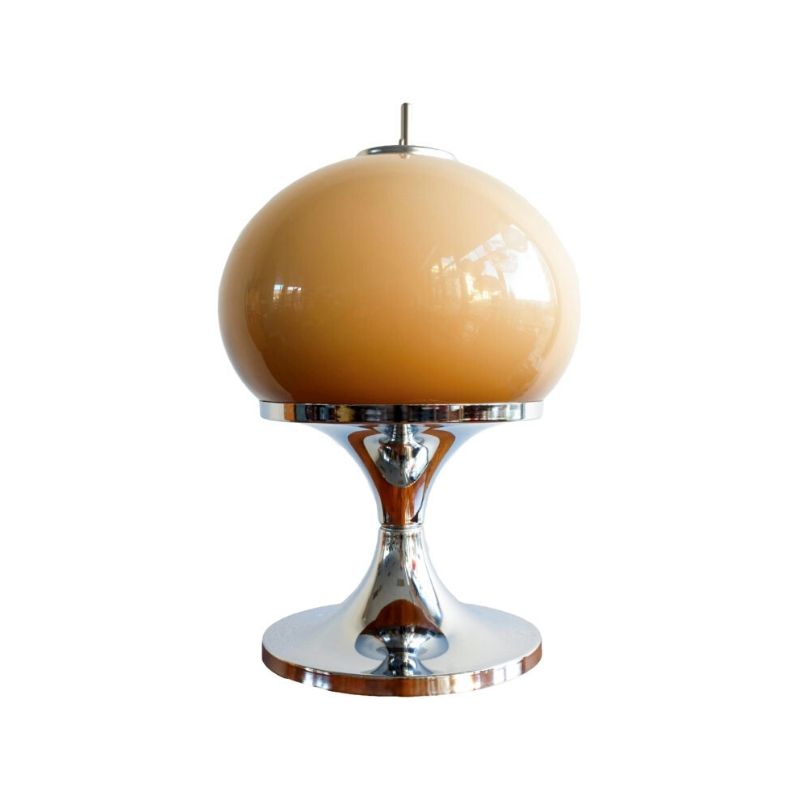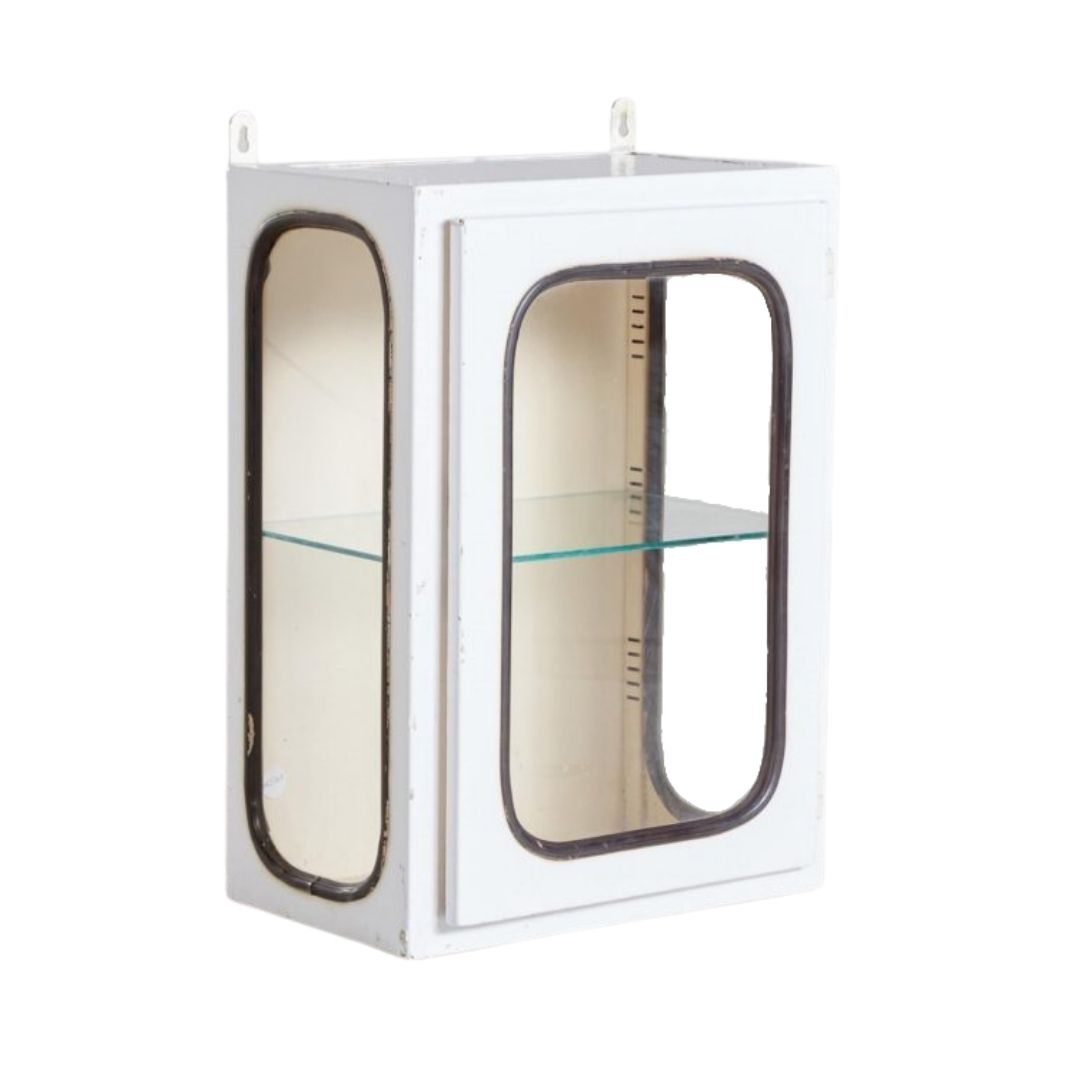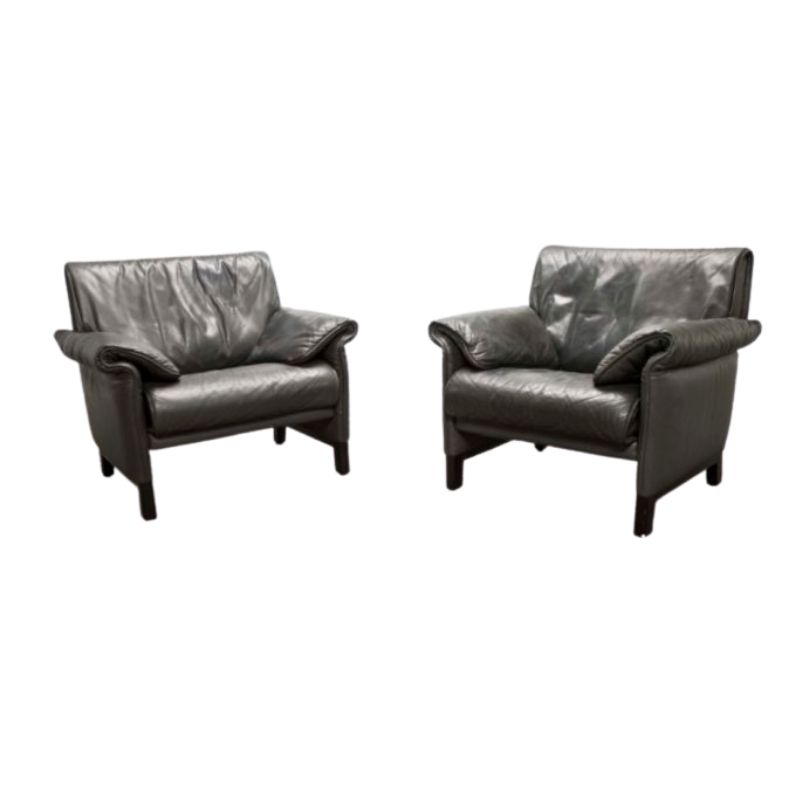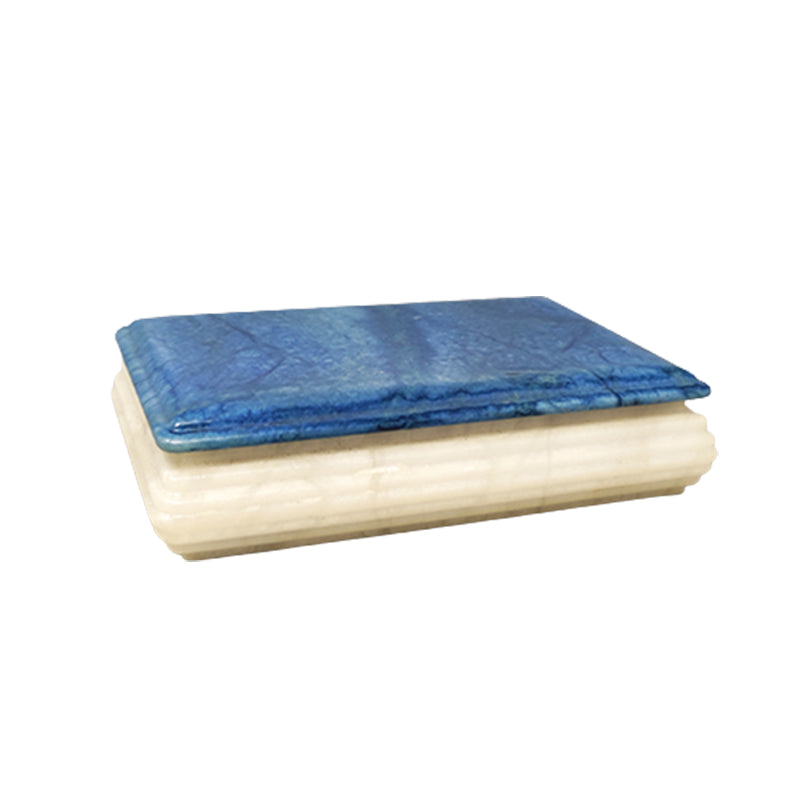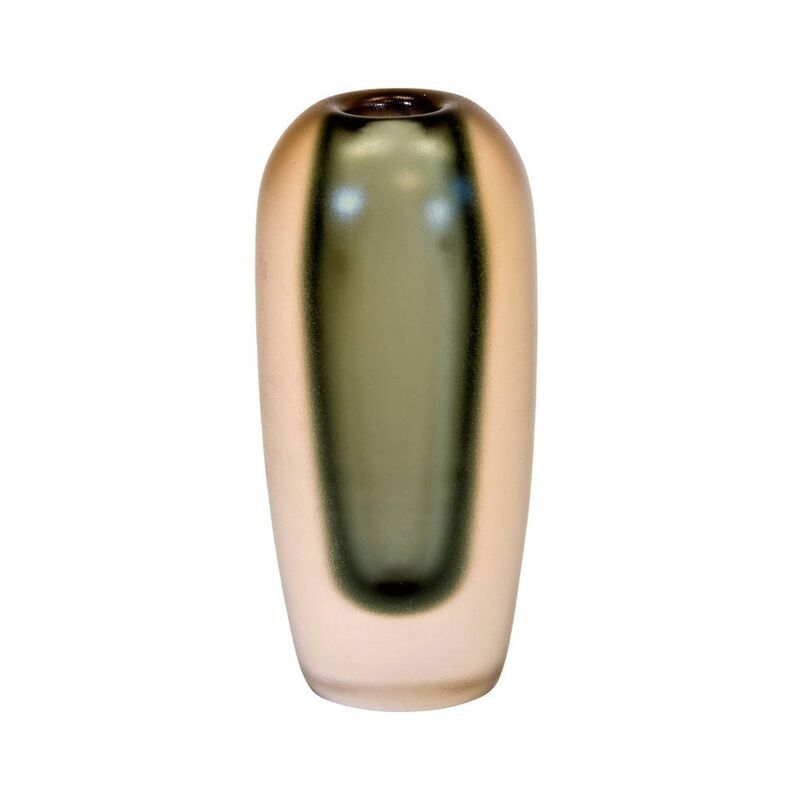if it really bothers you, you can buy a product to darken the wood, I think these products are based on organic solvents. Or several coats of a good teak oil would probably help. But really, I would leave it as it is.
If you feel like, post a picture of the entire chair with that nice rug I see.
I think what Ernest is saying is that the layers of plywood are another species of wood. At least I'm pretty sure that they didn't make this type of plywood out of all layers of teak. The teak would only have been the top layer; the rest is likely birch or beech and would need to be stained to match the teak. I think, anyway.
If this is the case, then sanding could easily remove enough of the stained layer so that the natural light color of the beech/birch/pine(?) is exposed. And if this is the case, then the refinisher should have touched up the stain on those areas to match the teak again.
Biggest version of the second photo here:
https://www.designaddict.com/cdn/farfuture/TVMxhkKip6heremWBjcWDWZ2ZqxyN9...
I can't see enough detail in the photos to tell, but I have frequently seen bent laminated beech with a layer of teak veneer on the outside and teak stain on the edge laminations. So I agree, the stain appears to have been sanded off. That is not a natural color for teak heartwood.
Having reread the point you made in regards to where the light parts are, if the red circled area is actually this light, and it's not just the lighting making it look this bright, then by all means try to match it with a stain.
If it's the bits circled in green, then I just wouldn't advise bothering. Stain is a messy business for fine corrections like that. It rarely stays where you'd like it and can easily make the areas next to it equally dark, so the frustrating contrast still remains, it's just all part of a worse dark blotch!
Kyle, it really depends on the type of stain you use. Gel stain is quite thick and will stay where you put it. There are also tinted oils that can be applied in thin coats that you build up until the right color is achieved.
The thin stains that are heavy on solvent are very runny, though. Plus they tend to give a blotchier result, partly because they're so thin that they can soak into softer parts of the grain quickly.
Both dyes and stains I have had that experience, Spanky, not ideal! Though I've never tried gel stains.
If I have an issue nowadays, I use oil paints and then finish over the top. The effect can be quite opaque in a way wood isn't naturally, but as long as it's a fine or small enough area it works perfectly.
If you need any help, please contact us at – info@designaddict.com




